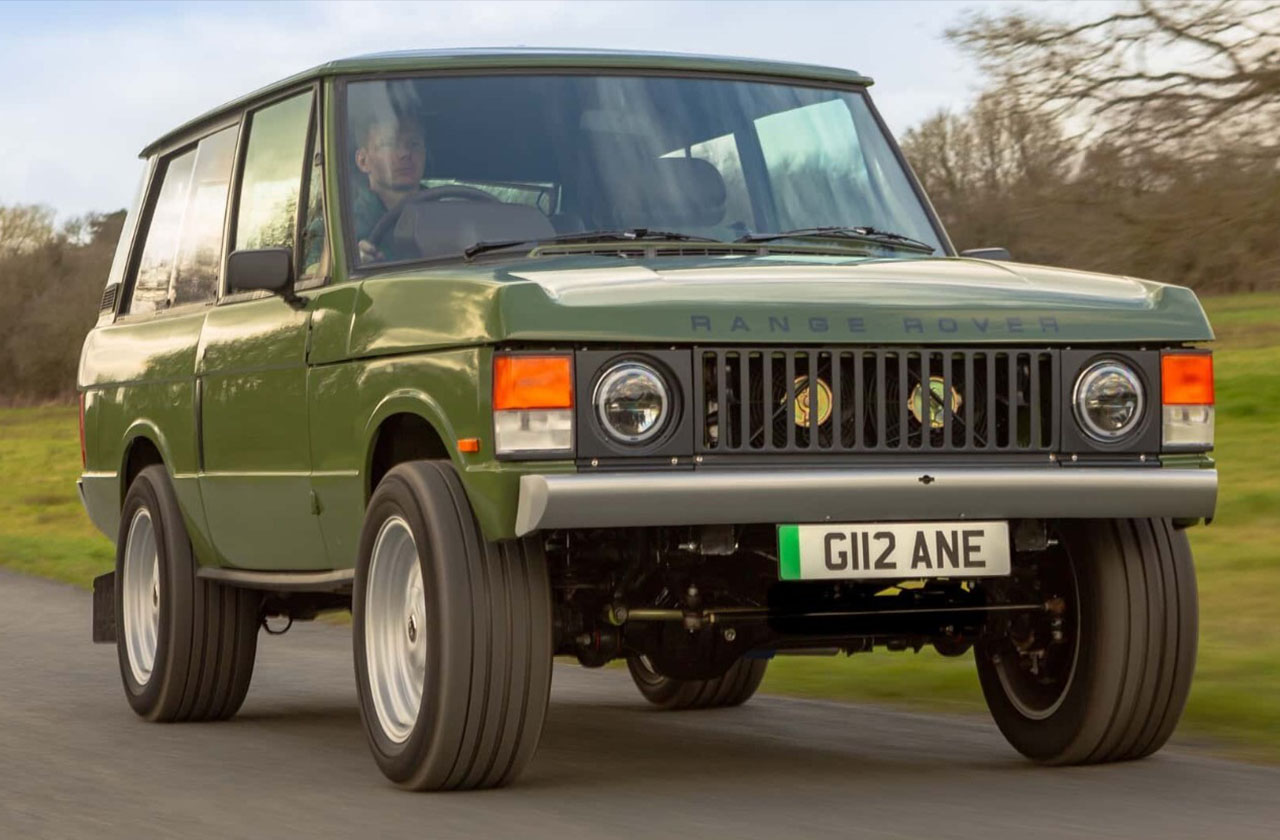Jaguar Land Rover held a presentation of the new (fifth) generation Range Rover executive SUV, it has the code designation L460.
"Range" will remain true to itself from the point of view of the exterior - a "floating" roof is preserved, as well as a deliberately two-volume classic profile with a pronounced horizontal overlapping hood, a short front overhang and a "cabin" shifted back. Regarding the current Range Rover L405, the shaping of the body panels will become even more minimalistic. Exterior door handles will be made retractable - in the manner of a sports Range Rover Velar. The design of the “rear” attracts attention - the lights do not go on the sidewalls, they are made flat and narrowed.
In the new generation, the car is built on the “flexible” modular MLA platform, with which the torsional rigidity of the body relative to its predecessor has increased by 50%, and the amount of structural noise has decreased by 24%. The load-bearing structure of the new Range Rover is 80% aluminium. Steel elements are used in the zone of impact energy absorption and noise protection.
The fifth Range Rover's engine range includes two petrol units, three diesel units and two plug-in hybrids.
Petrol:
P400 (Ingenium, 3.0 L + 48-volt starter-alternator), power - 395 hp;
P530 (4.4-liter V8 from BMW), 523 hp
Diesel:
D250 (3.0 L, Ingenium), 245 hp;
D300 (3.0 L, Ingenium), 296 hp;
D345 (3.0 L, Ingenium), 345 hp
Plug-in hybrids (PHEV) with petrol-electric powertrain in the range of the new Range Rover will appear three months after the model's market launch. PHEVs are built around 3.0-liter engines, the standard hybrid version develops a total power of 434 hp, the more expensive version - 503 hp. The 38.2 kWh battery will give the PHEV versions a pure electric range of up to 100 km.
All engines are mated to an eight-speed ZF automatic transmission with off-road crawler capability.










